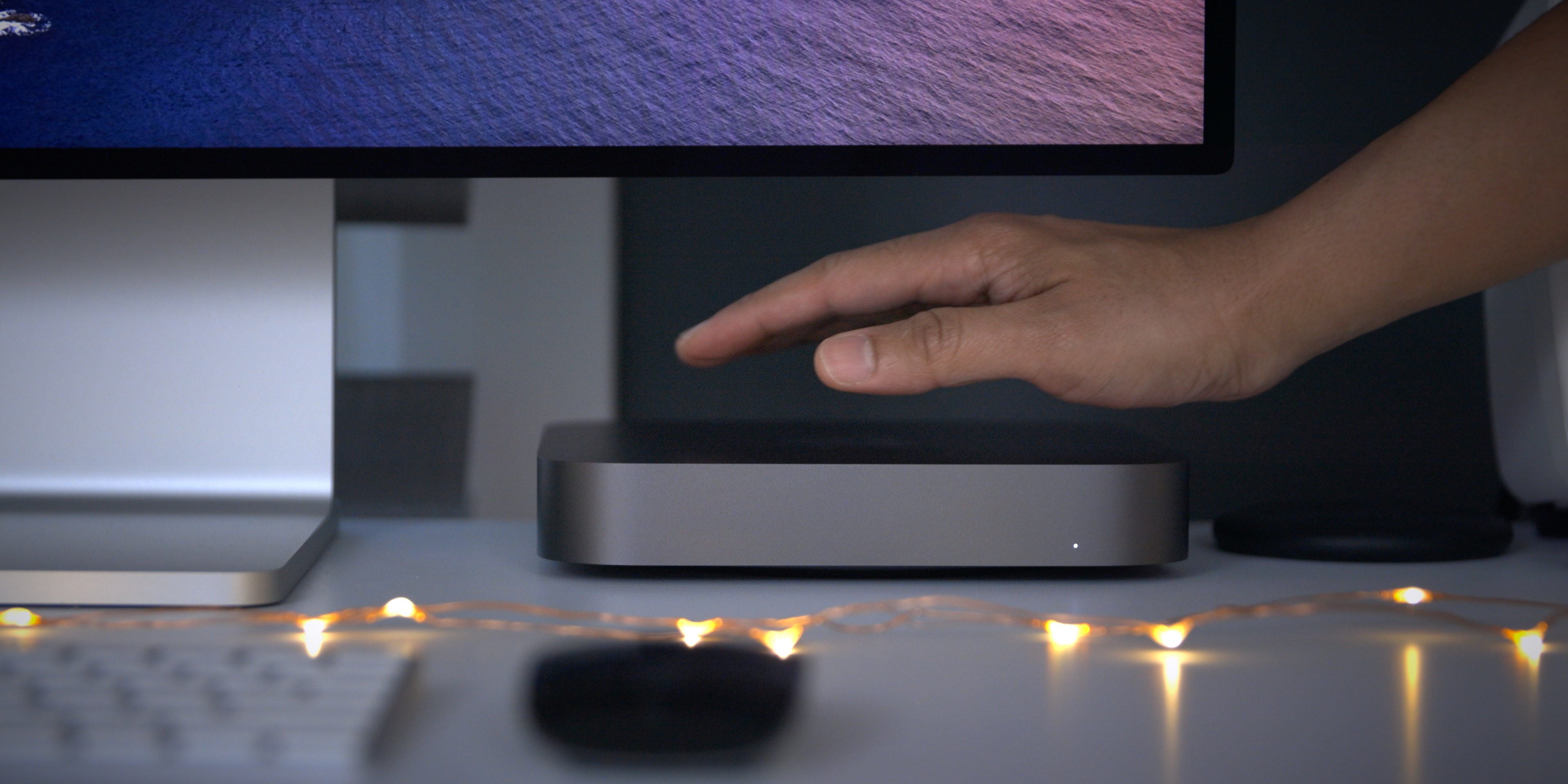
A beefier system is ideal for 4K streaming, simultaneous multi-device streaming, or remote streaming outside of your home. Of course, you’ll enjoy better performance on a more powerful system, and most Plex enthustiasts suggest using an i5 processor and 4GB of RAM (or better). Any machine made in the last few years should fit the Plex hardware requirements, which call for an i3 processor and 2GB of RAM. You don’t need much horsepower to run a Plex server. Consolidating everything into a NAS device makes your Plex server smaller and easier to manage, but NAS devices that are powerful enough to keep up with Plex’s demands are a little expensive. Some people use a NAS device to hold and manage media alongside their Plex server, while others run the entire operation, server and all, on a single NAS device. If you’re familiar with Linux, try using a distro without a GUI to save computer resources and maximize performance. That said, Linux is ideal because it requires little maintenance and is very power efficient. Windows and macOS-based servers offer similar performance to Linux-based servers, so if you aren’t comfortable with Linux, don’t bother using it. Plex works on Windows, Linux, macOS, and dedicated NAS systems like the Synology Diskstation.
BEST MAC MINI FOR PLEX SERVER PC
Of course, you can save a lot of money turning any old PC or laptop into a Plex server, but such a machine will take up a lot of space and use a lot of power. This computer should be small and power efficient, as it requires a wired internet connection and will run 24/7.

The most important component of your Plex server is the computer that manages your media files and runs the Plex software.


 0 kommentar(er)
0 kommentar(er)
